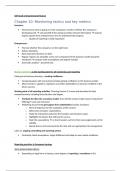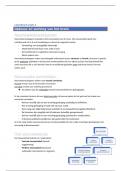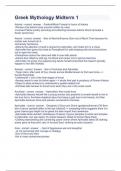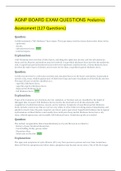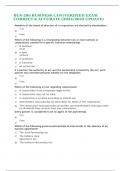Summary
Summary Self study Entrepreneurial Finance - Ine Paeleman - UA - 2024
- Course
- Institution
- Book
This document includes chapters 10, 11 and 18 of the entrepreneurial finance course taught by Prof Ine Paeleman at the University of Antwerp. These self-study chapters.
[Show more]
